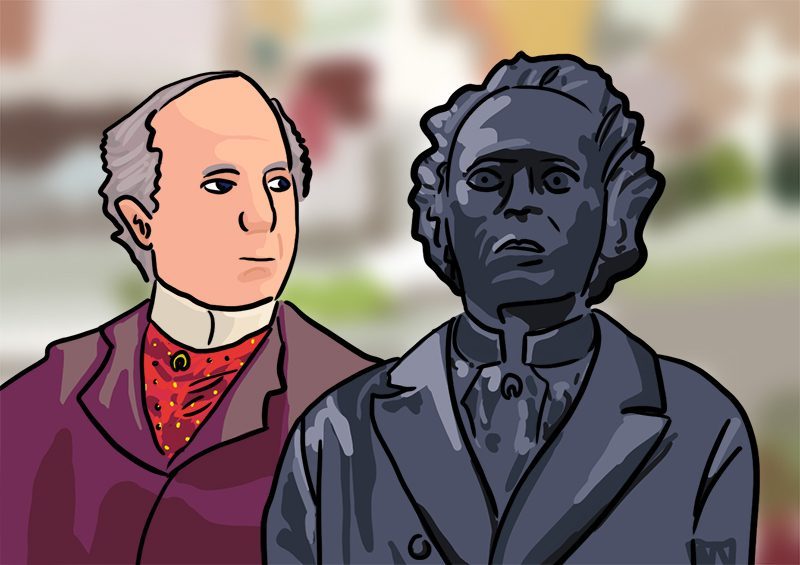The man behind the name of Laurier


Wilfrid Laurier: a career politician, boasting a 40-years-plus record as Member of Parliament and as leader of the Liberal party.
As leader, his term started in 1887 and ended in 1919. However, within this period were the almost 15 years he led this noble country as the chief among civil servants.
Few politicians in Canadian history have accrued such a record of accolades that they are remembered as one of the greatest, Sir Laurier was one.
It is no secret that when Laurier took the steering wheel of Canada, the country was quite off-base, especially considering the death of Sir John Macdonald and the four other prime ministers that followed.
Almost coincidentally, like Batman who appears when the bat signal is triggered, Laurier, the first of French-Canadian descent, arrived as prime minister to battle the political storm and provided the necessary vision
“The unity of the people is the secret of the future” was one of the lines he was known for. This statement was a foundational piece of his vision and his potent sagacity of national unity. His explanation of his pronouncement is quite inspirational.
He enlightened the masses that, whether English or French speaking, Catholic or Protestant, rich or impoverished, the willingness of Canadians to work together for the benefit of all is the key to building a nation.
Admittedly, it was a struggle for Laurier to attain his unity-driven objective as he was called upon to make tough political decisions. One of which transpired when he was the head of the opposition during the initial stages of the First World War.
He openly supported sending Canadian soldiers overseas. However, he was opposed to mandatory military enlistment. This cost him politically, as the English demanded conscription and the French did not believe that it was their place to even go to Europe, let alone to be conscripted.
His happy medium did not please either group.
Laurier tactfully used his vision of unity and autonomy to encourage the citizens to work as one to achieve nation development.
Like a fortune teller, Laurier envisaged that the twentieth century would bring great growth, as he concentrated his efforts on the eastern section of Canada: the prairies.
From a political and critical vantage point, the approach of Laurier was not unique, as most pundits would concur that it was a continuation of John A. Macdonald’s national policy with greater success.
Laurier taught us something truly special. His continuation of Macdonald’s spoke volumes. Sir John A. Macdonald was a racist, colonizer and misogynist.
In light of the Chinese riots in 1887, Macdonald did not hesitate to proudly stand in the House of Commons and utter that the Chinese would breed a “mongrel” race, threaten the “Aryan” character of dominion and that having Chinese working alongside the white class would breed nothing but “evil.”
He admitted that his pronouncements were due to the fact that he was running a country filled with racists, but it’s difficult to say whether he was truly being political or if he was being his natural self.
The lesson here is that Laurier stuck to and improved the potential filled policies he had. Even though Macdonald’s character was deeply questionable, Laurier did not allow that to affect his perspective of the policies he created.
This taught us that the character of a man should not be used to judge the quality of his work.
Perhaps this can be applied to America’s president-elect.
The country experienced unprecedented growth and development under Laurier’s administration and, as a result, made significant strides in achieving the vision he laid out.


